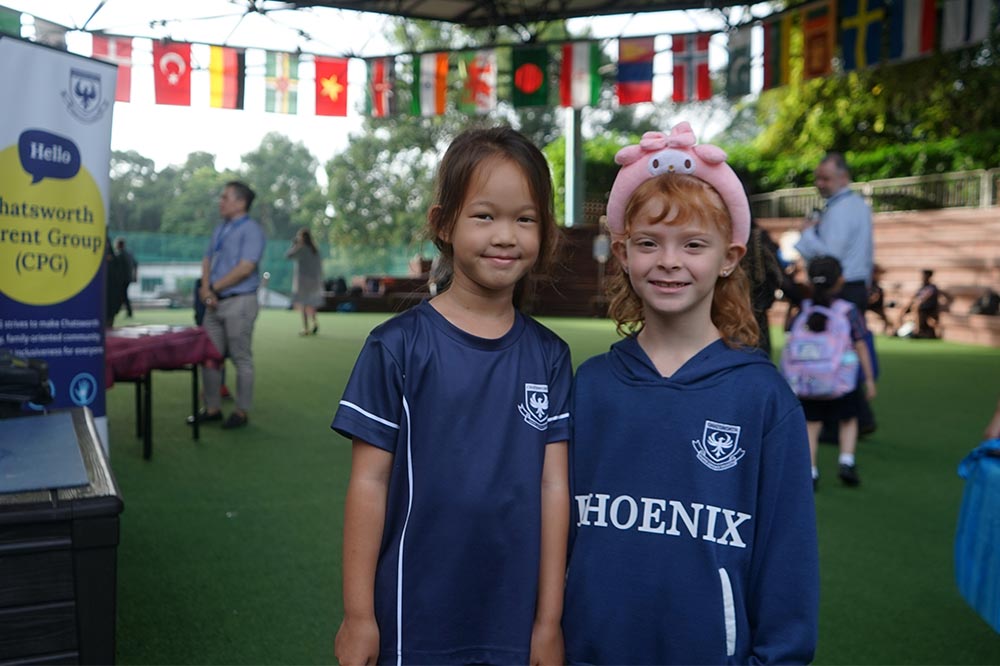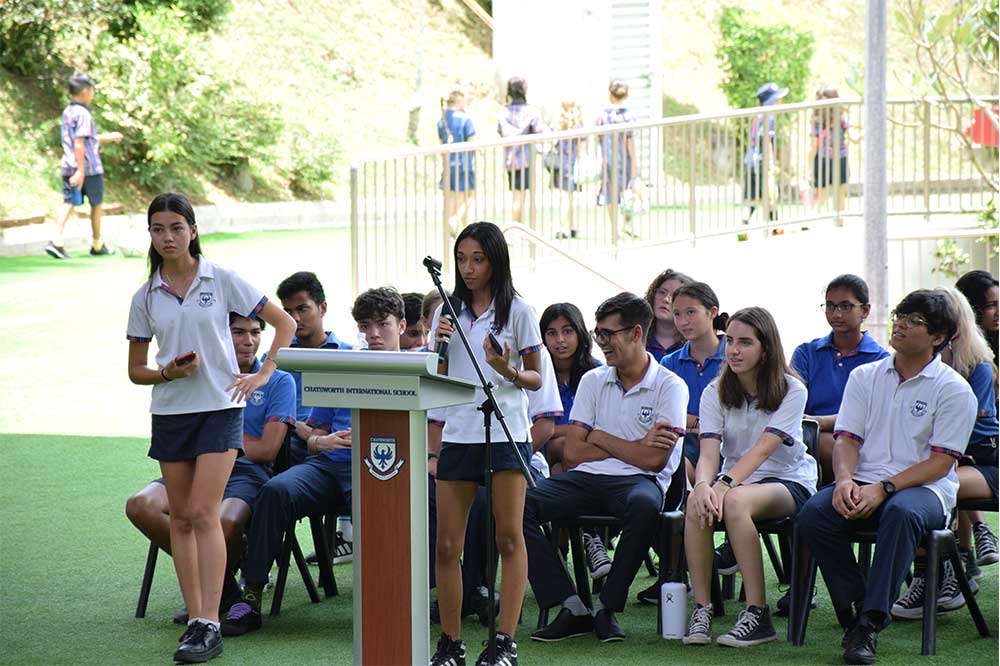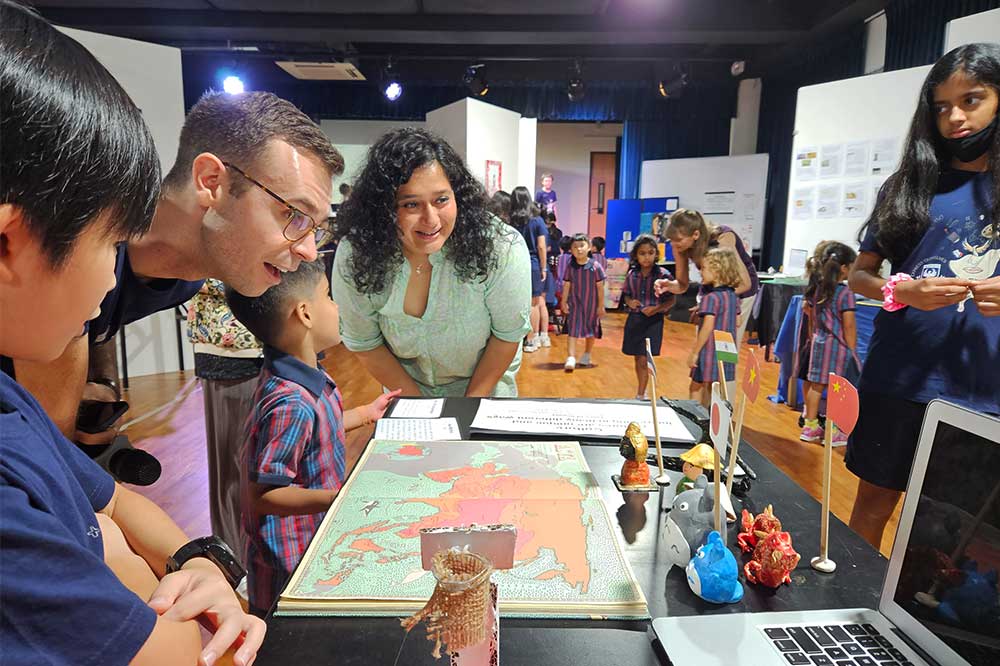Art with Heart Project: Learning about Emotions through Art
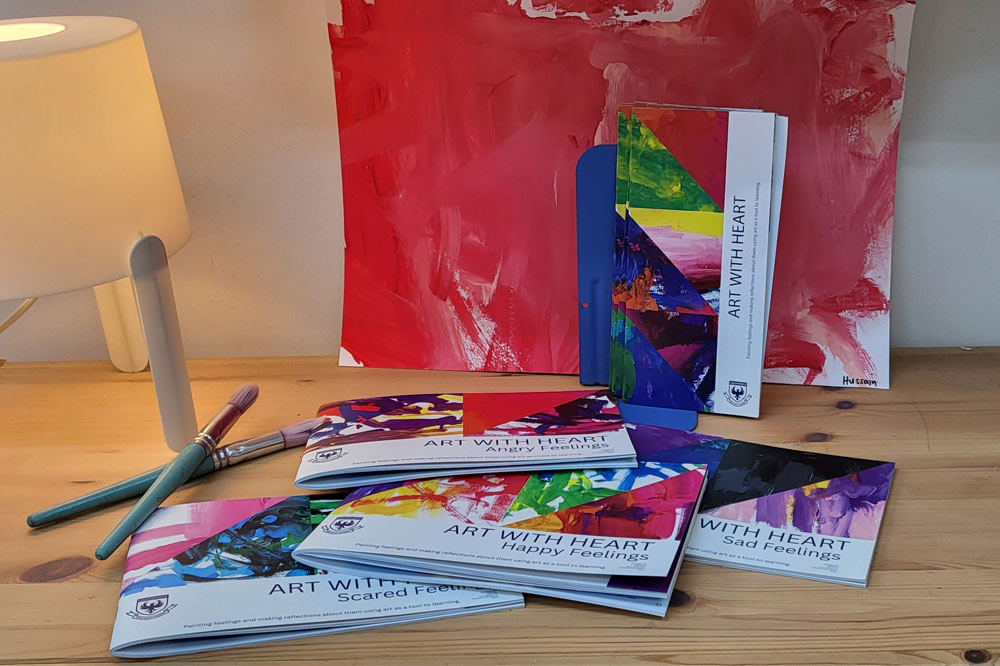
Art With Heart is a project initiated by the student's desire to paint as a form of pleasure, fun, and therapy. The act of painting is kinesthetic and allows the children to express their feelings, create, and share their stories. Other important benefits of painting in the early years include the development of fine motor skills, gross motor skills, eye-hand coordination, visual perception, spatial attention, and the expression of emotions. Since the start of this new academic year, painting in class was always their favourite activity.
Student Initiated Inquiry
I noticed the student's excitement about using many colours and brush strokes for fun. Nina said, " I love painting!" Nainika said, "I love painting rainbows; I feel happy when I paint them." And this was when we started talking about having all the rainbow colours in the classroom so they could paint whenever at their leisure. The focus would be on painting a feeling to respect the child's progression into their artistic development. The children were welcome to pick the colours they wanted and their tools for painting, including the option to paint using their fingers or hands.
When researching the benefits of painting with early childhood students, I found an inspiring text about Art Therapy, stating that "...creative activities can relieve stress and aid communication." (Harvard Health Publishing). As a result, it would be interesting to connect art with our current UOI, How we express ourselves. The idea would be for the children to learn about their feelings and emotions through the art of painting. This project would help them understand their feelings and how to respond to them.

The Research Process
I researched child art therapy in Judith Aron Rubin's book regarding creating a safe environment for the child to talk about her work. As Rubin says in her book Child Art Therapy, "If there is little or no spontaneous verbalisation by the middle of the hour, I might actively encourage the child to talk about ideas and feelings while using the art media." "[...] the job of the interviewer is to encourage children to clarify and to extend their personal associations and ideas." In her book, Art and Creativity in Reggio Emilia, Vecchi writes, "Art can be a way of thinking, feeling, imagining, relating, and expressing." Another inspiring source was The Languages of Art by Ann Pelo. Pelo states, "Children use the language of art to construct meaning and understanding. They participate in human conversations about ideas, experiences, and emotions." The connection between art and emotions would work well in this unit of inquiry.
As an IB teacher at Chatsworth International School, my teaching and learning are inspired by inquiry-based learning and the pedagogy known as the Reggio Emilia approach by Loris Malaguzzi and its emphasis on The Hundred Languages of Children, which expresses that children "speak" about their experiences, observations, and feelings through encounters with a wide range of art media and materials, including painting. Art With Heart is the name the students chose for this new space, where they would be welcome to paint anytime they wanted. And at specific moments, they would be inspired by our conversations about a certain feeling studied in class to paint as a form of expression. Our Art With Heart painting space was then designed to allow children to interact with each other while painting to create interactions and promote conversation between them inspired by A Thinking Lens for Reflection and Inquiry from Ann Pelo's book, The Language of Art.
Pelo's book was essential while setting up an easel painting studio. "young children's easel work tends to be more about the physicality of interaction with paint and paper than about representational art... the paper is as big as the child's torso, and she stands face-to-face with it moving her whole arm to spread the paint. This is the beauty of easel painting!"
Learning how to identify and understand feelings is the first step for children to learn how to regulate how they respond to big emotions. It's essential for their well-being and emotional health.
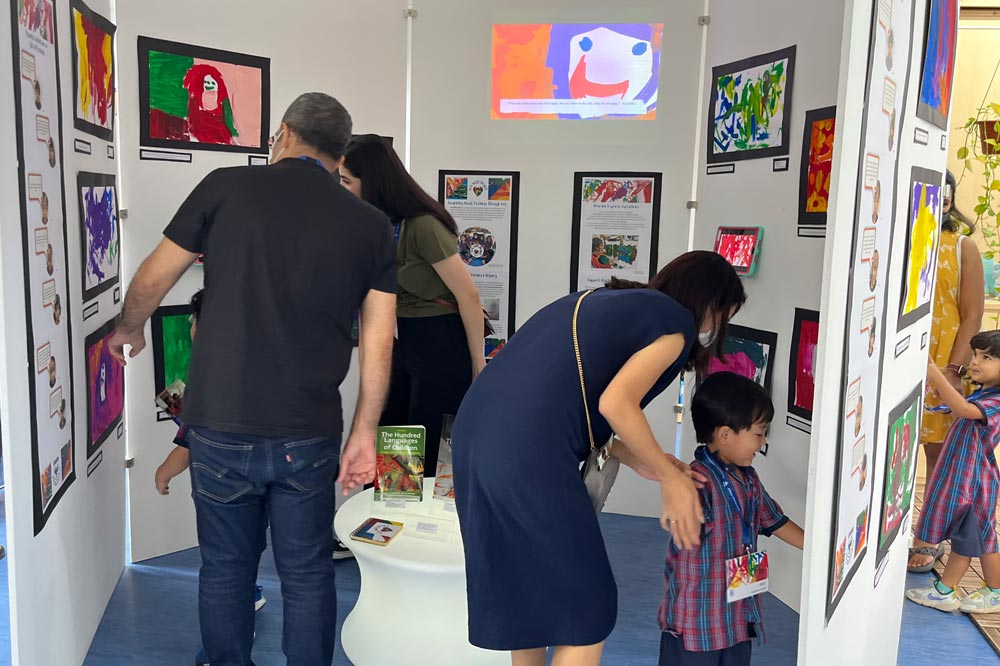
How We Express Ourselves
In our unit of inquiry, the central idea is: We express our feelings and emotions in different ways. Therefore, the students are inquired into three critical lines of inquiry, exploring our feelings and emotions, why we feel certain ways, and how we can express our feelings. In this project, we decided to choose a few emotions to study deeper and make reflections using the art of painting as an inspiring tool to express our thoughts related to the feeling learned.
Learning about Feelings Through Art
By the end of our unit of inquiry, each child has several pieces of art related to happy, sad, scared, and angry feelings. These paintings allowed them to reflect on each emotion studied in class. This art collection was put together into four books and published to the parents. We also put together a mini interactive exhibition where the students could share their work and reflection with their family members and our school community. As a result of this project, art helped my students to communicate their thoughts and talk about feelings and emotions experienced. The children also learned to reflect on managing their feelings and take action if they wanted to change how they felt at certain times.
Inquiry play-based learning is at the heart of our early childhood education philosophy at Chatsworth International School. Chatsworth is distinguished by its play-based kindergarten curriculum, which emphasises what students learn and how they learn it. Learn more about our International Baccalaureate (IB) programmes, or make an appointment for a campus tour today.
References
Edwards, C.P., Gandini, L. and Forman, G.E. (2012) The hundred languages of children: The reggio emilia experience in transformation. Santa Barbara, CA: Praeger.
The healing power of art (2017) Harvard Health. Available at: https://www.health.harvard.edu/mental-health/the-healing-power-of-art (Accessed: November 8, 2022).
Pelo, A. (2017) The language of art: Inquiry-based studio practices in early childhood settings. 2nd edn. Vancouver, B.C.: Langara College.
Rubin, J.A. (2005) Child art therapy 25th anniversary edition. Hoboken, NJ: John Wiley.
Vecchi, V. (2022) Art and creativity in reggio emilia: Exploring the role and potential of ateliers in early childhood education. Vancouver, B.C.: Langara College.


